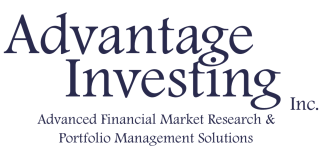Managing investments is first and foremost a discipline of understanding and evaluation of the risk/reward profile for any investment that we make. The goal is to achieve the highest possible return for the least amount of risk. There are times when risk levels can be increased in order to gain a higher expected return, but there are also times when risk levels far outweigh the potential gains in an investment. It is also critical to understand just how any specific investment will impact the risk/reward profile of the portfolio as a whole. For example, purchasing an asset class that lowers the volatility (risk) of a portfolio may not be a great choice if it also significantly lowers the overall return.
We believe the process begins with “Knowing Your Risks”. We think of investing risk in two major categories: Known and Unknown.
Known Risk
- Systematic (market based)
- Unsystematic (company or sector specific)
- Leverage (the use of leverage increases risk dramatically)
- Liquidity (not being able to access your money when you need it)
- Shortfall (running out of your money)
- Misallocation (95% of the returns of a portfolio are directly related to asset allocation)
Unknown Risk (comes in two forms)
- Known Unknowns – we know a risk exists, but we are not sure exactly how it will present
- Natural
- Geopolitical
- Structural
- Unknown Unknowns – we aren’t even aware that the risk exists
- “Black Swan” type events
Note: it is important to realize that risks of the unknown variety can actually be positive as well as negative. This is particularly true for those unknown risks known as Black Swan events. While we tend to think of these events in a negative sense, such as the collapse of the housing markets in 2008, they can also be very positive such as the serendipitous discovery of a new manufacturing process or “miracle drug”.

